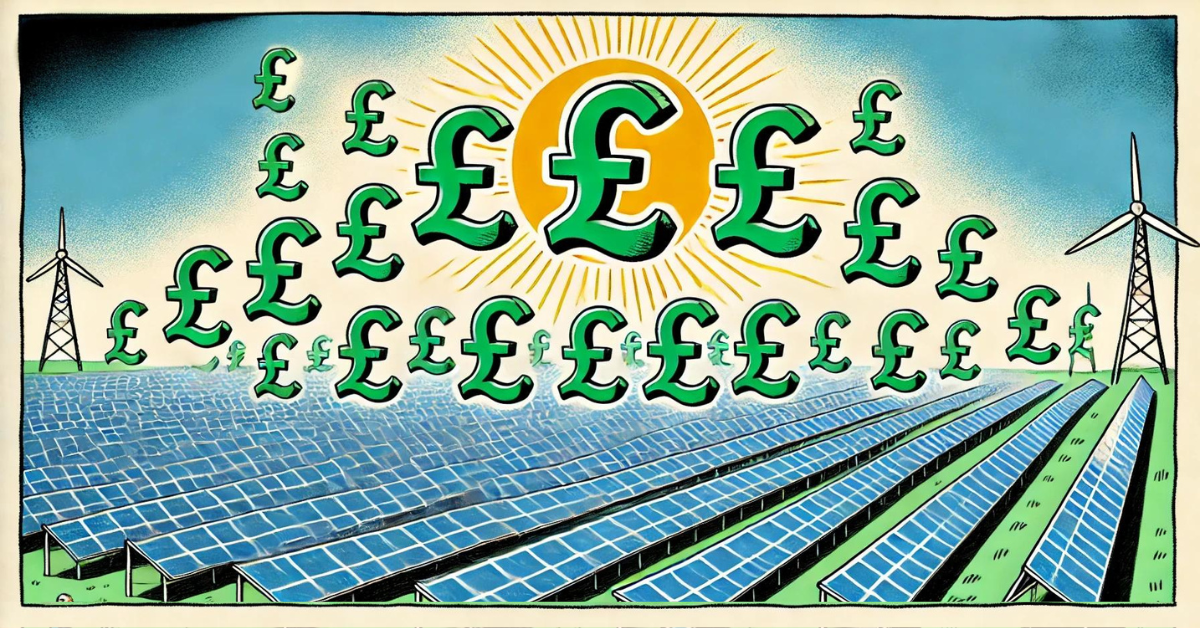Article

This week is the 5th annual London Climate Action Week. The London Climate Action Week aims to unite organisations, communities, and individuals to create a forum exploring global solutions to climate change. It offers a perfect analogy for the collaborative approach required to combat climate change.
With this cooperative approach in mind, we explore the financial world’s efforts in the fight against climate change. Myriad financial products and assets support these efforts both directly and indirectly. Green bonds, for example, offer investors the opportunity to fund sustainable products directly.
What are Green Bonds?
Green bonds, as specialised financial instruments, are issued to fund projects that deliver significant environmental benefits. These bonds are the direct result of investors’ choices, supporting projects related to renewable energy, energy efficiency, sustainable waste management, clean transportation solutions, and water preservation efforts. By investing in these bonds, individuals and institutions are not just passive participants, but active contributors to the development of a sustainable economy, empowering them to make a real difference.
The Growth of the Green Bond Market
The market for green bonds has witnessed exponential growth over the past decade, with the total value of bonds issued rising from $2.6 billion in 2012 to $575 billion in 2023. Investors are increasingly attracted to the tangible societal benefits and the potential for stable returns. Data shows a trend of rising issuance volumes with significant contributions from both developed and emerging markets. This surge not only reflects a robust appetite for sustainable investment options but also underscores the financial world’s acknowledgement of its role in addressing climate change.
Green Bonds During Climate Action Week
Climate Action Week is an excellent backdrop to highlight and evaluate the effectiveness of green bonds. Through various events and discussions, investors and the public can see firsthand the types of projects facilitated by these funds. For instance, a city might issue green bonds to finance the retrofitting of public buildings to enhance energy efficiency, with tours or open days organised during the week to showcase the improvements.
Assessing Green Bonds for Investment
Investors looking to engage with green bonds need to consider several factors:
- Issuer Credibility: Trustworthiness of the bond issuer and their track record in green initiatives.
- Project Impact: The environmental impact of the funded project, including potential carbon reduction.
- Financial Returns: The expected financial performance of the bond, including interest rates and maturity terms.
- Third-Party Certifications: Look for bonds that are verified or certified by recognised standards, ensuring that the projects meet stringent environmental criteria.
The symbiosis between sustainable finance and environmental initiatives like Climate Action Week is undeniable. Green bonds offer a unique opportunity for investors to contribute to meaningful environmental change while potentially benefiting financially. As this market continues to mature, its role in driving the global transition to a sustainable economy will undoubtedly expand.






